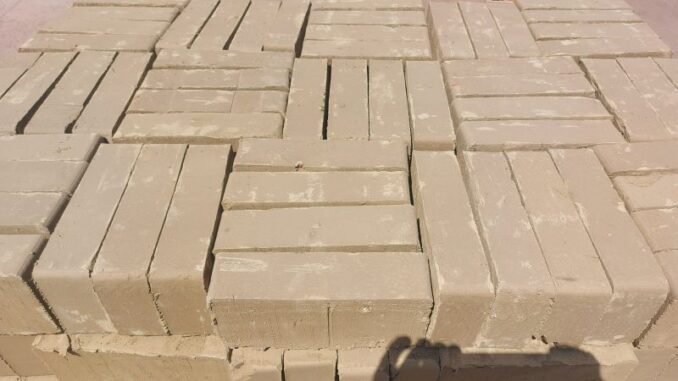
In construction, raw, unfired clay bricks are often used in an air-dried state. These adobe bricks are particularly important in clay construction. They are usually processed near their extraction site and have established themselves in certain regions of this earth over many centuries as a bulk building material.
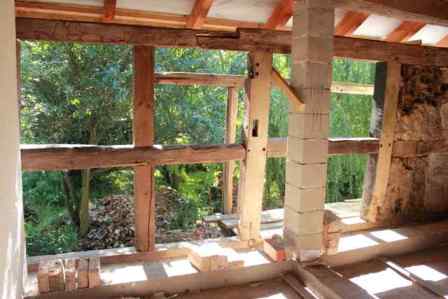
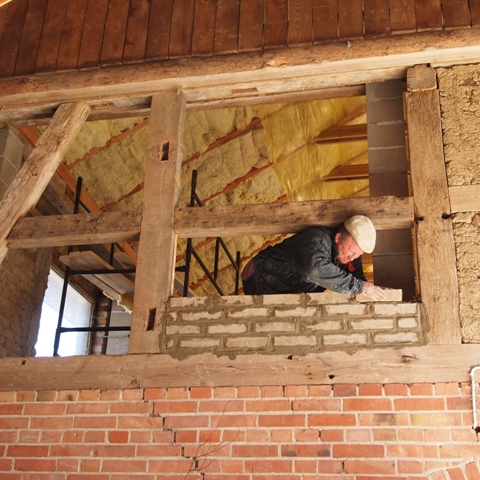
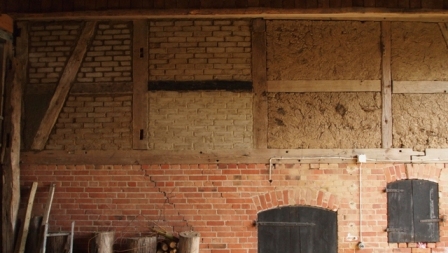
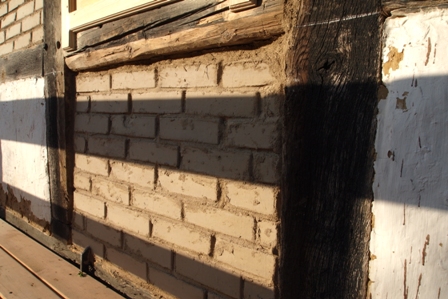
Clay bricks are traditionally made from a mixture of clay, sand and sometimes fibrous materials such as straw or herbivore dung like camel, cattle and horse. The plant fibers reduce the weight, improve the thermal insulation and give tensile strength, so that the cracking during drying is reduced.
Advantages
Clay bricks have several advantages that make them an attractive choice for construction:
Ecological: Clay bricks are a natural building material and therefore health harmless. Recyclable: Clay bricks can be recycled, making them a sustainable choice. Good heat storage: Clay bricks can store heat, which contributes to a consistently pleasant indoor temperature, even with fluctuating outdoor temperatures. Good sound insulation: Clay bricks offer good sound protection. Capillary conductivity: Clay bricks absorb moisture in humid air and release it in dry air. This property ensures a pleasant room climate. Cheap acquisition costs: Compared to other building materials, clay bricks are often cheaper
Care
The care of clay bricks is relatively simple, as they usually do not require special treatment. Here are some tips:
Protection from moisture: Clay bricks are susceptible to moisture and should therefore be protected from permanent wetness and driving rain. This can be achieved by suitable architectural measures such as roof overhangs or suitable facade treatments. Regular inspection: It is advisable to regularly check the clay bricks for cracks or other signs of damage. Repairs: If cracks or damages occur, they can often be repaired with fresh clay. Natural patina: Over time, clay bricks develop a natural patina that contributes to the aesthetic appeal of the building.
Clay bricks in monument conservation
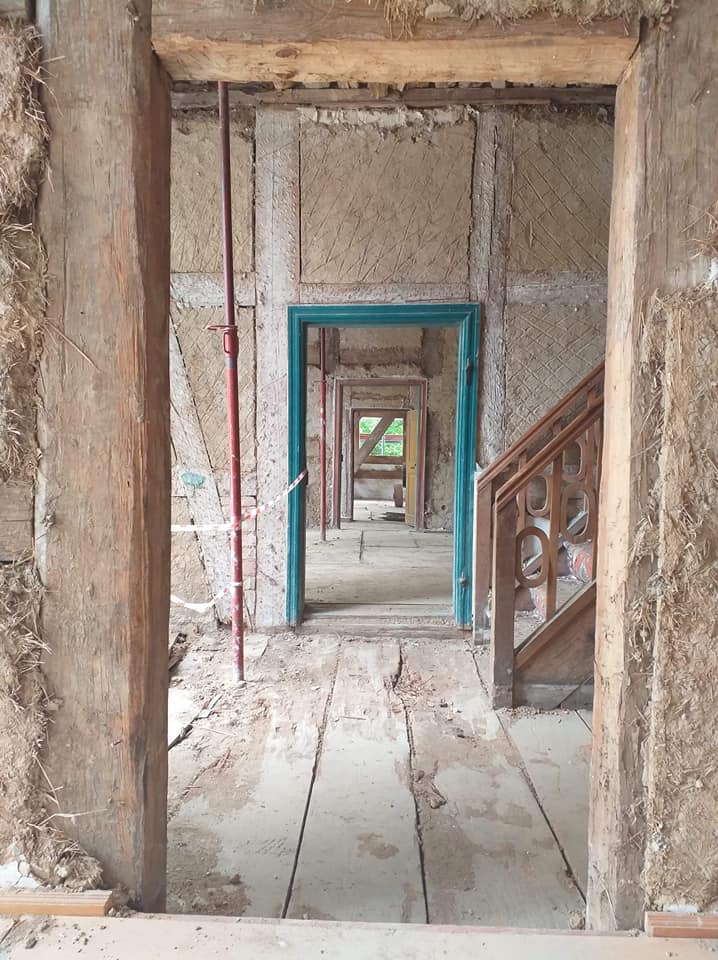
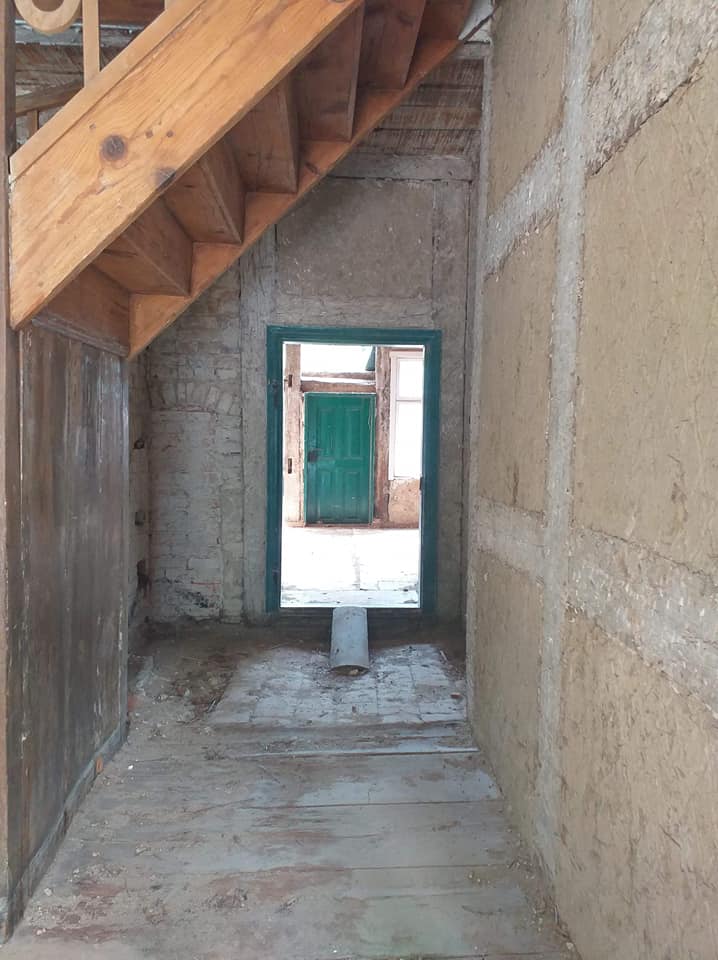
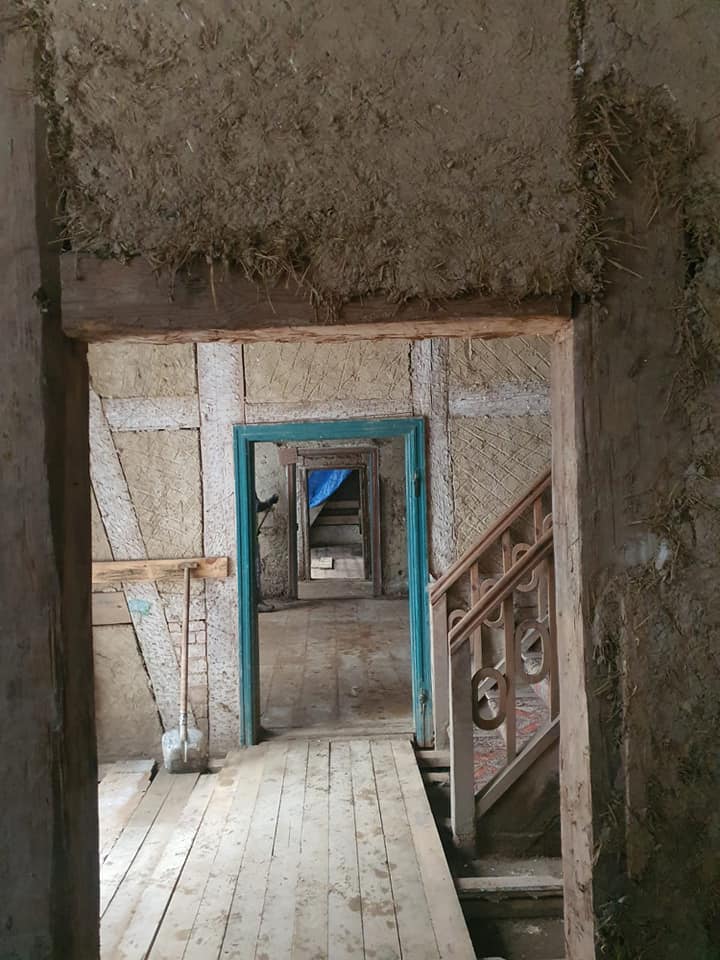
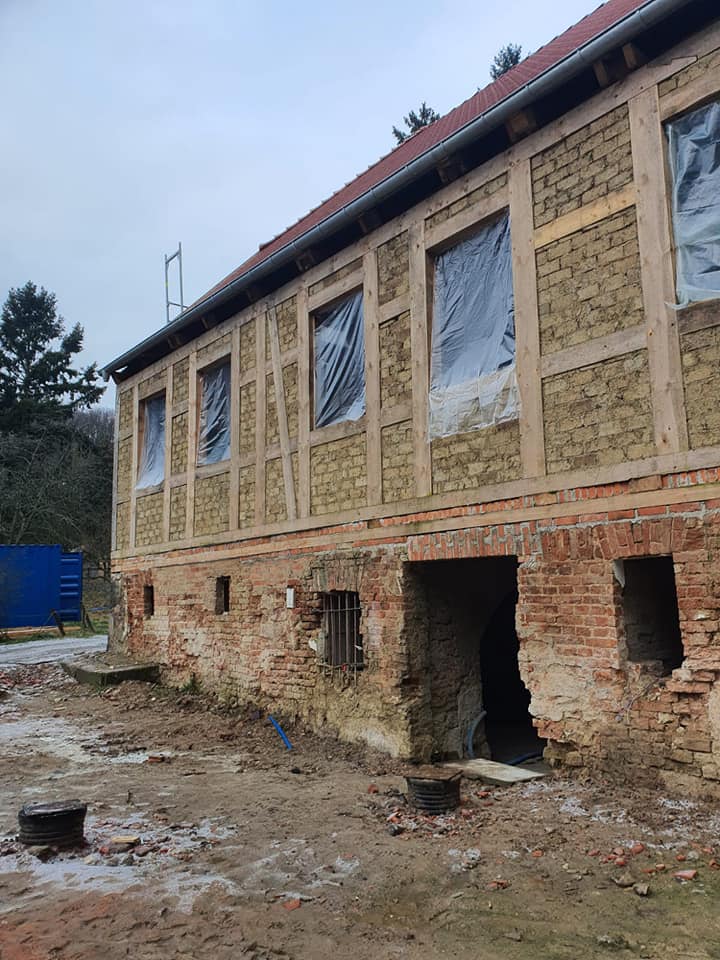
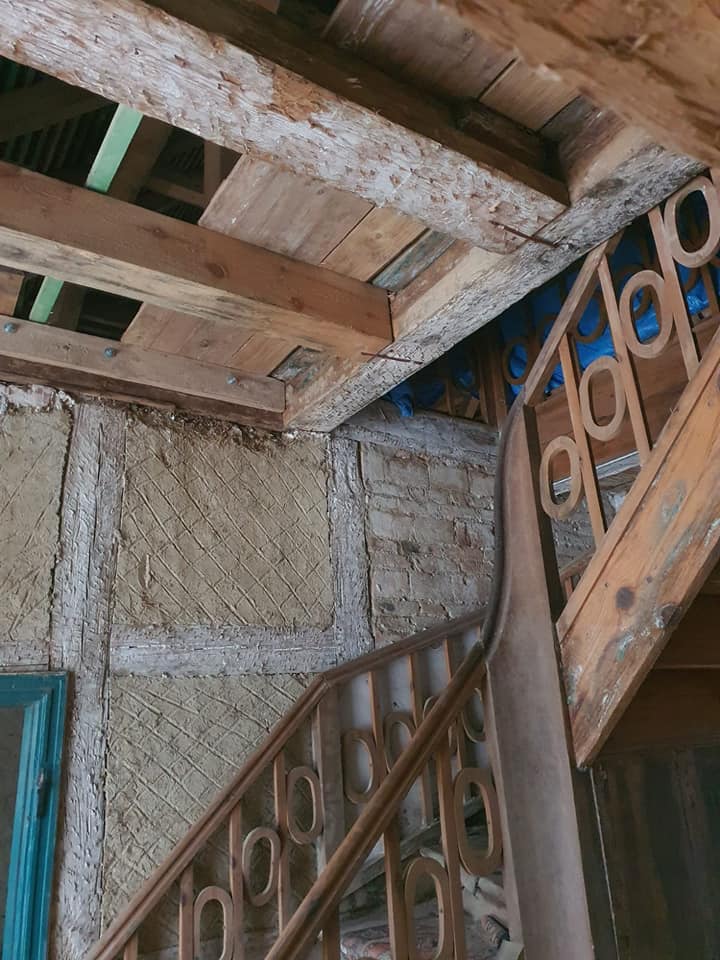
To make clay plaster from clay bricks for the restoration of architectural monuments, you can follow the following steps:
Preparation of the material: First, you have to crush the clay bricks. This can be done by crushing or grinding the bricks. The resulting clay is then sieved to remove larger particles. Mixing the plaster: The sieved clay is then mixed with sand and aggregates such as straw, hemp fibers, flax fibers or animal hair. These aggregates improve the stability and durability of the plaster. Applying the plaster: The prepared clay plaster can then be applied to the surface to be restored. This is usually done in several layers, each layer needing time to dry before the next is applied Care and maintenance: After applying and drying the plaster, it is important to regularly inspect the plaster and repair it if necessary. This can be done by applying fresh plaster to cracks or damages